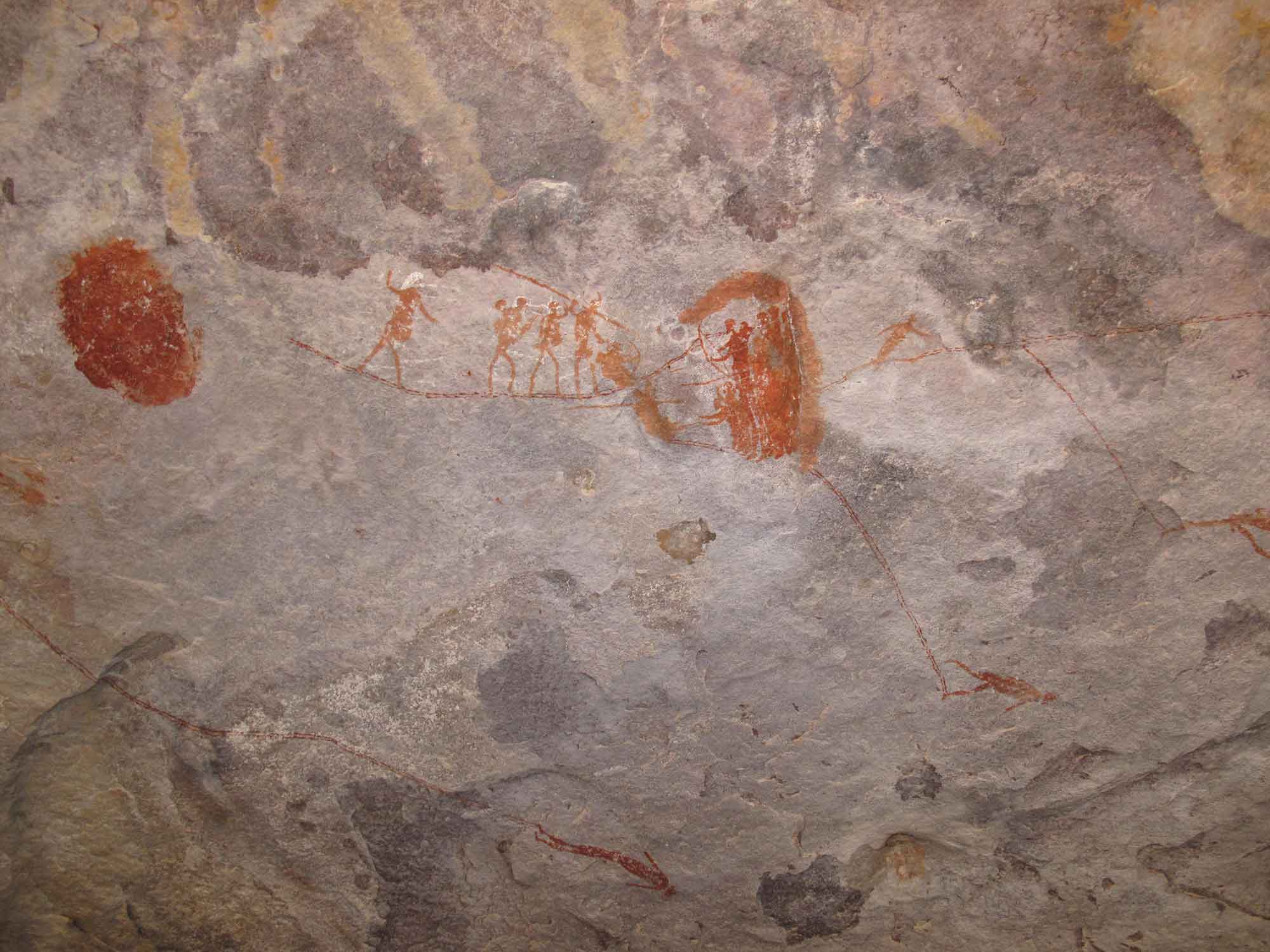

The trajectories that led me to these grounds – to what appears like a crystalline return to origins – are a meshwork of incidents, interests and work-related striations: a landscape to hide in, a landscape to master, or to die in. Following the advice of Deleuze and Guattari, I’m here to maintain my “small plot of new land” in the reckless pursuit of an on-going project whose aims and outcomes are uncertain.
Based on fieldwork in Cape Town and the Western Cape, South Africa
The figure of the nomad, in Gilles Deleuze and Félix Guattari’s writings, is frequently taken as a simple configuration of mobility and freedom in opposition to the orderly life of sedentary civilization. This is a simplification. From an outset of trauma, following the experience of urban crime that significantly altered my capacity for conducting research (both in terms of orientation and cognition), this essay follows a trail into the desert; a line of escape from the city that also challenges the normativity of knowledge production. Based on fieldwork, enfolded with archaeological and anthropological evidence, I address the concept of the nomad from a material base of historic and economic coordinates. Central to this investigation are the ancient practices of ‘the First People’, the Cape San population of hunter-gatherers who were brought to extinction by white settlers in the early twentieth century. The landscape still contains countless records of their visual culture, scattered across the terrain; the oldest dating back some 30.000 years and the most recent depicting ships and men with guns. Exploring the desert as a potential exteriority to the city, the process of writing brings forth a ground defined by fragile and non-linear connections. The notion of ‘losing oneself’ through following lines of flight is wrought with tensions and violence, pointing to the crucial terms of social cohesion.
Catharina Gabrielsson is docent in architecture and associate professor in urban theory and design at the School of Architecture, KTH Stockholm. Her research explores the relationship between architecture and the city, bridging across aesthetics, politics and economics. She is co-editor of Architecture and Capitalism, Solids and Flows (Architecture and Culture: Vol. 5, Issue 2 2017), Architecture and Feminisms: Ecologies, Economies, Technologies (Routledge 2017) and Deleuze and the City (Edinburgh University Press, 2016). A forthcoming volume, Architecture and Neoliberalism: from the 1960s to the present (edited with Kenny Cupers and Helena Mattsson) has been awarded by The Graham Foundation and will be published by University of Pittsburgh Press in 2020. She is an editorial member of Architecture and Culture, Arkitektur, Research Fellow at The Swedish Research Institute of Istanbul, and a member of the Royal Academy of Fine Arts.
I’m interested in the performance of fieldwork in the sense of exposing myself to phenomena and contexts that challenge my habitual modes of thinking. My writing is underpinned by a strong element of affect; affect as in being jarred to think and feel, generating creative energy. I resist any hierarchies or distinctions between empirical work, practice and theory, since a phenomenological experience is always (already) framed by preconceptions, norms, language, feelings and ideas. I also confront the distinction between diachronic (over time) and synchronic (in time) approaches when investigating the built environment, since any material culture (like architecture) carries links – directly or obliquely – to what once was and was intended to be that continue to exert an influence on the present. I find the notion of method (from Greek: “the way”) especially interesting in being key for scientific knowledge production while remaining fundamentally ambiguous. Method holds the potential of escaping the confinements of subjectivity but is equally undermining notions of objectivity in being situated, contiguous and “messy”. In this essay, the question of method is intentionally queried since I’m being “set off track”. The criticality of this mode of writing is both directed towards allegedly neutral forms of academic representation, and freer and more “creative” modes of expression that ignore the depth of existing knowledge and the multiplicity of voices. Hence sources, references and footnotes are of crucial importance for what I call “transversal writing”.
This essay continues on a project initiated by “Inside the cave, outside the discipline” in Suzanne Ewing et. al. (eds.) Architecture and Field/Work (London: Routledge, 2010). Significant sources, besides my own curiosity in the spatiality of pre-historic cultures, are Gilles Deleuze and Félix Guattari, A Thousand Plateaus: Capitalism and Schizophrenia, trans. B. Massumi (London and New York: Continuum, (2004) [1980]); Catherine Malabou’s What Should We Do with Our Brain? trans. S. Rand (New York: Fordham University Press, 2008) and Ontology of the Accident: an Essay on Destructive Plasticity, trans. C. Shread (Cambridge & Malden: Polity Press, 2012). A further inspiration for my weaving together philosophy, theory and on-site observations is the work of AbdouMaliq Simone.






































































